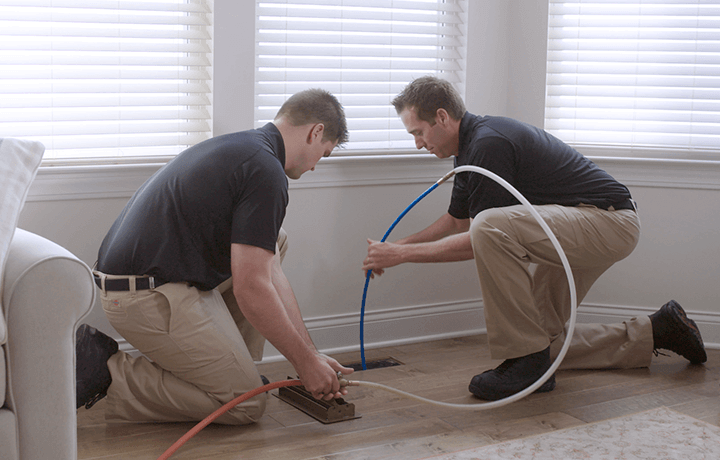When it comes to designing an efficient and effective HVAC (Heating, Ventilation, and Air Conditioning system, one crucial factor that often goes overlooked is the placement of air ducts. The role of air duct placement in HVAC system design cannot be understated.
Properly positioned air ducts can significantly impact the system's performance, energy efficiency, and overall comfort within a building. In this article, we will explore the importance of Air Duct Placement in HVAC system design and how it can make a substantial difference in both residential and commercial settings.
The Fundamentals of HVAC Systems
Before delving into the specifics of air duct placement, it's essential to understand the fundamentals of an HVAC system. HVAC systems are responsible for regulating temperature, humidity, and air quality in indoor spaces. These systems consist of several key components, including the heating and cooling equipment (furnace, air conditioner, heat pump), air handlers, thermostats, and of course, air ducts.
Air ducts serve as the arteries of the HVAC system, distributing conditioned air throughout the building while simultaneously returning stale air for reconditioning. The design and placement of these ducts play a pivotal role in the system's efficiency and effectiveness.
Energy Efficiency
One of the primary reasons for carefully considering air duct placement in HVAC system design is energy efficiency. Inefficient ductwork can result in significant energy losses, leading to higher utility bills and increased environmental impact. Properly placed air ducts can help minimize these losses.
Minimizing Heat Loss and Gain:
Ducts that pass through unconditioned spaces like attics or crawlspaces can suffer from heat loss in the winter and heat gain in the summer. This can force the HVAC system to work harder to maintain the desired indoor temperature. By strategically placing ducts within conditioned spaces or insulating them properly, these losses can be minimized.
Reducing Air Leakage:
Air ducts that are poorly sealed or have gaps can lead to air leakage. This not only results in wasted energy but also affects the air quality and comfort level within the building. Properly placed and sealed ducts can significantly reduce air leakage, ensuring that conditioned air reaches its intended destination.
Optimal Air Distribution
The placement of air ducts also plays a crucial role in ensuring that conditioned air is distributed evenly throughout the building. Proper distribution is vital for maintaining a comfortable indoor environment. Here's how it works:

Balancing Airflow:
HVAC designers must carefully calculate and control the airflow through each duct to ensure that rooms receive the right amount of conditioned air. This requires strategic placement of supply and return ducts to maintain balance.
Zoning:
In larger buildings or homes, zoning is often used to divide the space into separate areas with individual temperature controls. Proper duct placement is essential to achieve effective zoning, ensuring that each zone receives the appropriate amount of conditioned air.
Indoor Air Quality
Air duct placement can also impact indoor air quality. Poorly designed duct systems can lead to issues such as stagnant air, uneven temperature distribution, and the buildup of allergens and pollutants. Here's how proper placement can help:
Ventilation:
HVAC systems play a crucial role in bringing in fresh outdoor air and removing indoor pollutants. Air duct placement should facilitate proper Air Duct Cleaning, ensuring that fresh air is evenly distributed throughout the building.
Filtration:
Air filters are an essential component of HVAC systems, trapping particles and allergens. Well-placed ducts can ensure that filtered air reaches all areas of the building, maintaining a high level of indoor air quality.
Conclusion
In conclusion, the role of air duct placement in HVAC system design cannot be underestimated. Properly positioned air ducts are essential for energy efficiency, optimal air distribution, and maintaining indoor air quality. When designing or retrofitting an HVAC system, it's crucial to work with experienced professionals who understand the importance of duct placement. By doing so, you can ensure that your HVAC system operates at its best, providing comfort and cost savings for years to come.

No comments yet